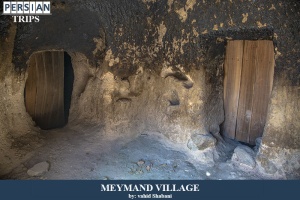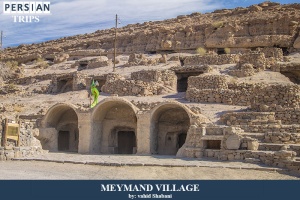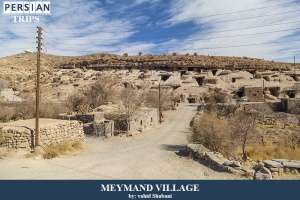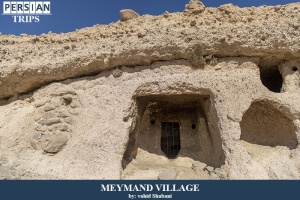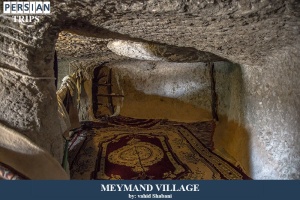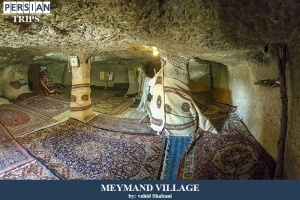Bam Citadel
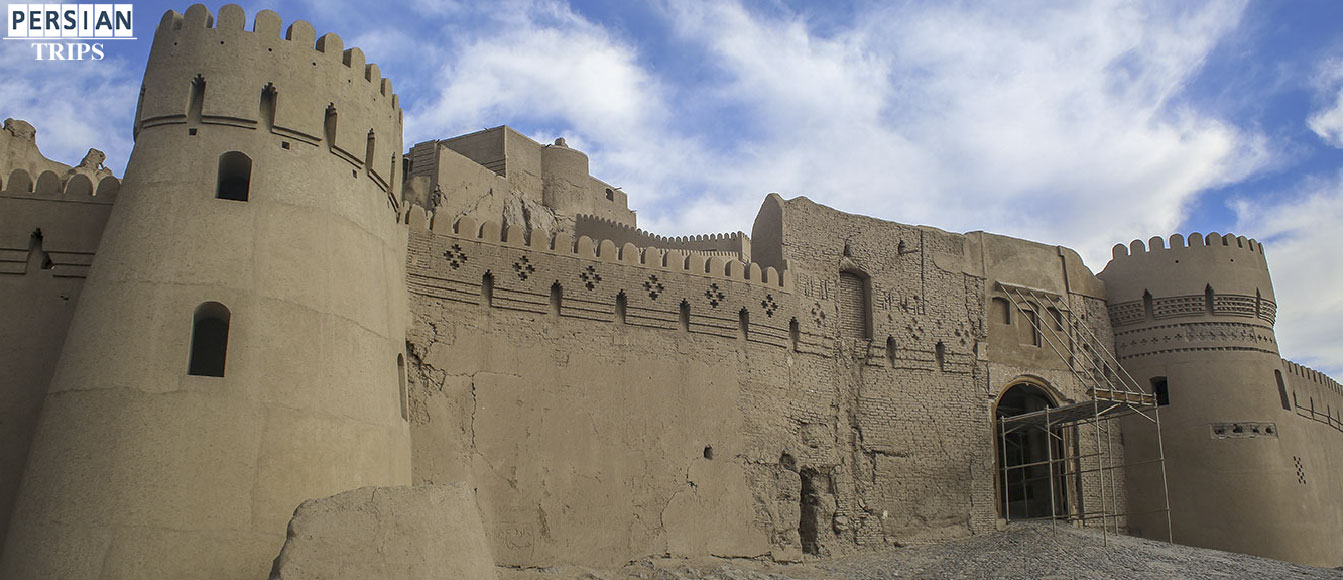
Bam Citadel, the largest adobe-made complex in the world, is a large fortified area in the heart of which the citadel is located; the whole area is called Bam Citadel because of the magnificent appearance of this citadel, which is the highest part of the complex.
Bam Citadel and its city are among the valuable and historical military forts located near the Silk Road. According to several narrations, the construction date of this complex goes back to the Achaemenid or Parthian period while it was still inhabited until the end of Qajar period. The main materials of this structure are adobe and mud; stones, bricks and palm tree trunks have rarely been used in it as well. The area of this citadel is about 180,000 square meters, which is surrounded by walls that are 6 to 7 meters high and 1815 meters long. The citadel consists of two separate parts, and each has its own characteristics. About 67 towers are scattered throughout the ancient city of Bam.
Design and Construction of Bam Citadel
The historical Citadel of Bam consists of several parts, including moat, defense wall, fortifications, gates, mosque, bazaar, fire temple, school, bath, prison, zurkhaneh, residential area with aristocratic or public houses (connected to each other), the barracks, stables, mills, the house of the commander of the army, the governor’s residence and the four-season mansion (a three-story mansion), watchtowers and water wells (drinking water of the inhabitants of the citadel was supplied from wells in their backyards). This unique structure was severely damaged by the earthquake in January 2003; many countries, including Japan, Italy and France cooperated with Iran from the beginning of the reconstruction and restoration of the ancient complex of Bam Citadel. The design and construction of Bam Citadel have been studied from various aspects during the last few years. Considering the final shape of the citadel, it can be said that the designers had predicted the final shape of the whole structure from the very beginning.
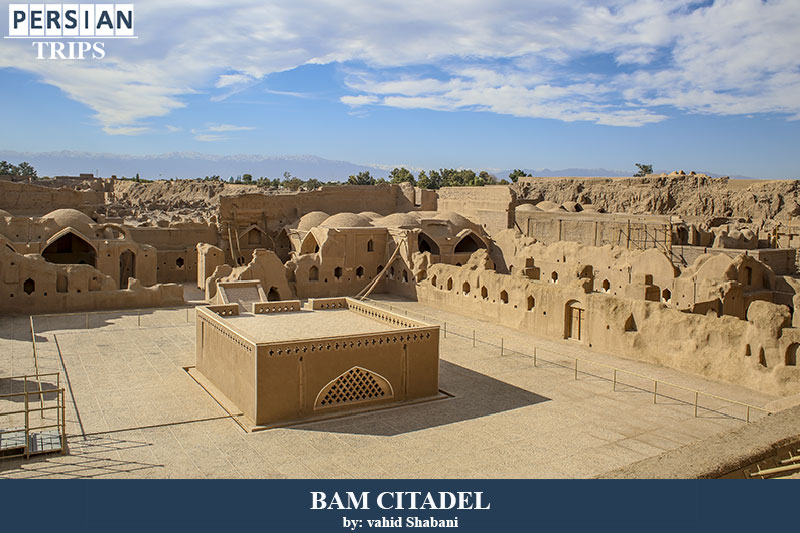
This complex is composed of the following parts:
- The government section that is located in the most internal wall. This section includes a military fort, a four-season mansion, barracks, a 40-meter water well and stables with a capacity of 200 horses.
- The ordinary people section, which surrounds the government section and includes the main entrance of the city, the main path connecting the entrance of the city to the fort and the bazaar; it has almost 400 houses and public buildings such as schools and sports centers.
There are 3 noticeable types of houses:
- Smaller houses with 2-3 rooms for poor families.
- Larger houses with 3-4 rooms for the lower classes of the society, some of which also have porches.
- The most luxurious houses with more rooms that are located in different parts due to different seasons, with a large yard and a nearby stable for animals. The number of these houses in the citadel is very small; these houses include Sistani House and Jewish House. All buildings are made of unbaked bricks or adobe. Bam Citadel was probably the largest mud and adobe-made complex in the world before the earthquake in 2003.
Tags: Bam Citadel , Kerman Province, kerman Attractions, UNESCO World Heritage Sites, Iran Historical Attractions, Citadels in Iran, Arg-e Bam
